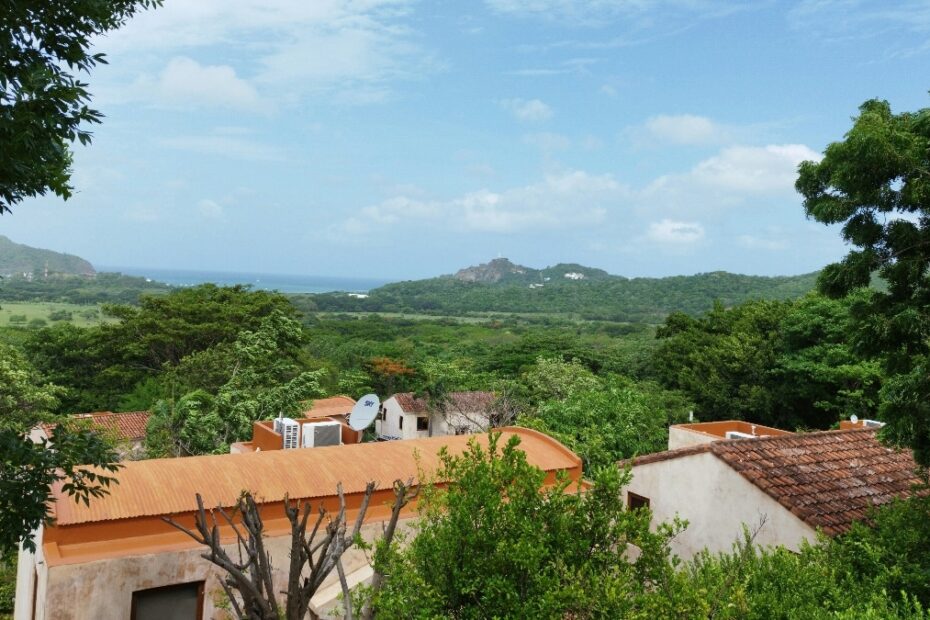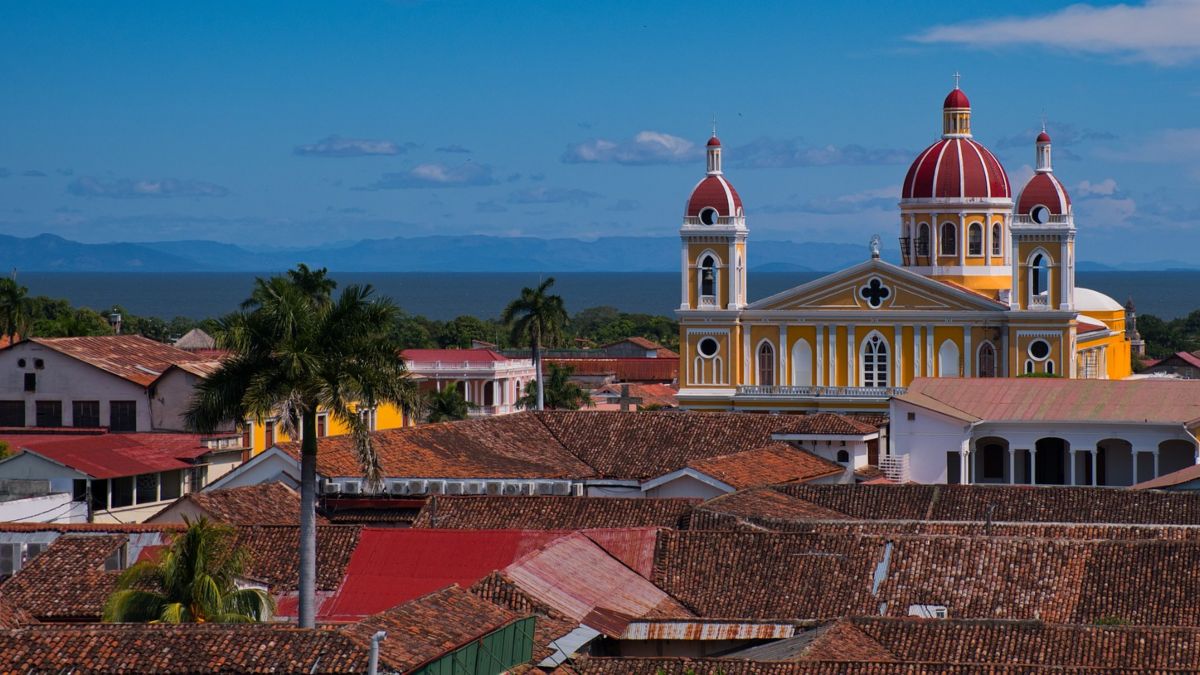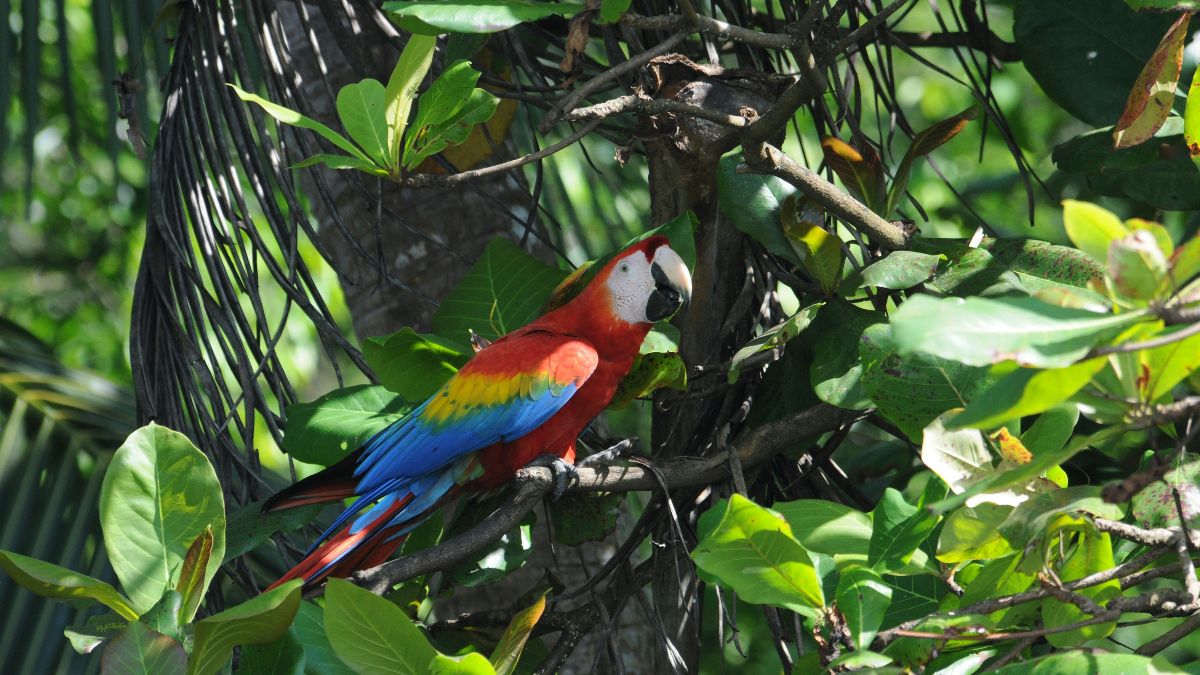If you’re thinking about moving to or spending time in Nicaragua, you’ll quickly discover that the tropics come with plenty of company. Mosquitoes, ants, and the occasional scorpion are part of everyday life. Bugs in Nicaragua are simply something you get used to, and with a few good habits, they’re easy to manage. Here’s what it’s really like sharing your home with the local insect population.
When you move to Nicaragua, you quickly realize that you’re not the only one living in your house. There are plenty of other little residents—some that fly, some that crawl, and some that just show up uninvited. Coming from a country where insects tend to stay outdoors or disappear when winter hits, it can take some getting used to. But eventually, you stop jumping at every flutter or scuttle and learn to share your space with the bugs that call this country home.
I live on the coast, where the climate is hot and humid for much of the year. That means open windows, plenty of fresh air—and plenty of opportunities for the insect world to drop by. These days, I keep a sense of humor about it. Nicaragua is lush, green, and full of life. The bugs are just part of the deal.
Mosquitoes and No-See-Ums
If you’ve spent more than five minutes in Nicaragua, you’ve met the mosquitoes. They love the warm evenings, especially around dusk when the breeze drops. They’re mostly just annoying, though in some areas they can carry dengue or chikungunya. Repellent is your best friend here. Most locals use one with DEET, but natural options with citronella or eucalyptus also work well if you reapply often.
Then there are the no-see-ums—tiny sand flies that make up for their size with persistence. You don’t see them until you feel the itch later. They’re worst near the beach, especially at sunrise and sunset. Covering up and using repellent helps, and I’ve learned that fans or breezy spots keep them away. They can’t fly well in moving air.
Ants (and the Occasional Termite)
Ants are the hardest-working residents of Nicaragua. Big ones, tiny ones, red ones, black ones—you name it, they’re here. Most are harmless, but some bite. The little sugar ants will find the smallest crumb you drop, while the larger zompopas (leaf-cutter ants) march through the yard in neat little lines, hauling green leaves like tiny workers on a mission.
You learn to seal food in containers and keep kitchen counters spotless. Vinegar spray or cinnamon powder works surprisingly well as a deterrent, and keeping trash covered is essential. Every now and then, a termite trail appears, but local pest control companies are used to handling them quickly. The key is staying ahead of the game before a small line of ants becomes an invasion.
Wasps and Bees
View this post on Instagram
Wasps in Nicaragua are industrious and territorial. They build nests in roof corners, under eaves, and sometimes on your window frames. I used to panic at the sight of one, but now I just keep an eye out and deal with them early. A broom handle, some distance, and a little courage go a long way. Most wasps here aren’t aggressive unless provoked, but their sting is memorable.
Bees are much less of an issue, and they tend to keep to themselves. Occasionally, you’ll see small hives forming near gardens or flowering trees, but they’re part of the ecosystem—great for pollination and not something to fear.
Spiders, Scorpions, and Centipedes
Spiders come in all shapes and sizes here. Some jump, some weave webs, and some look like they’ve been lifting weights. I’ve made peace with most of them—they eat mosquitoes, after all. Every once in a while, you’ll meet a larger one that stops you in your tracks, but it’s usually harmless. Still, I don’t let them stay long inside the house.
Scorpions are another story. They’re around, especially in drier regions and older houses. I’ve found them under shoes, in closets, and once in a backpack. A good rule is to shake out your clothes and shoes before putting them on. Their sting feels like a bad bee sting—painful but rarely dangerous. If you’re allergic, medical help is easy to find, but for most people it’s just an unpleasant story to tell.
Centipedes look worse than they are, but their bite can sting. They prefer dark, damp places, so keeping your home dry and sealed up helps. Over time, you stop overreacting. They’re part of life here, and you learn to coexist.
Cockroaches and Other Crawlers
Cockroaches are inevitable in the tropics. You might go weeks without seeing one, and then suddenly there’s a midnight visitor scuttling across the floor. Clean living spaces, sealed drains, and routine pest control keep them in check. Local sprays and traps are easy to find, and many expats swear by placing bay leaves or slices of cucumber in cupboards to deter them.
Geckos, on the other hand, are welcome guests. They dart across the walls at night, chirping softly as they hunt insects. Once you realize they’re eating mosquitoes and ants, you start rooting for them. My house gecko has become part of the family.
Adapting to the Tropics
At first, I thought I’d never get used to the constant hum, buzz, and crawl of tropical life. But somewhere along the way, I stopped noticing. You adapt—closing windows at dusk, shaking shoes before slipping them on, keeping food sealed, and learning which bugs matter and which don’t. Life in Nicaragua means trading a bug-free house for sunsets, surf, and the sound of howler monkeys in the morning. It’s a trade I’ll take any day.
The truth is, most insects here are more of a nuisance than a threat. They remind you that you’re living in a place that’s truly alive. Once you stop fighting it and start accepting it, life feels simpler—and a lot less itchy.
FAQs About Bugs in Nicaragua
Are there dangerous bugs in Nicaragua? Not really. While scorpions and certain spiders can sting or bite, serious cases are rare. Most insects are harmless and more of an annoyance than a danger.
Do mosquitoes in Nicaragua carry diseases? Some can carry dengue, chikungunya, or Zika, but outbreaks are infrequent. Using repellent and sleeping under screens or nets keeps you protected.
Are there a lot of bugs in Nicaraguan homes? Yes, but that depends on where you live. Coastal and rural homes see more bugs, while modern homes with screens and air conditioning have far fewer.
What’s the best way to keep bugs away? Keep things clean and dry, seal up food, use repellents, and check clothing and shoes before wearing them. Fans and good airflow also help keep flying insects away.




